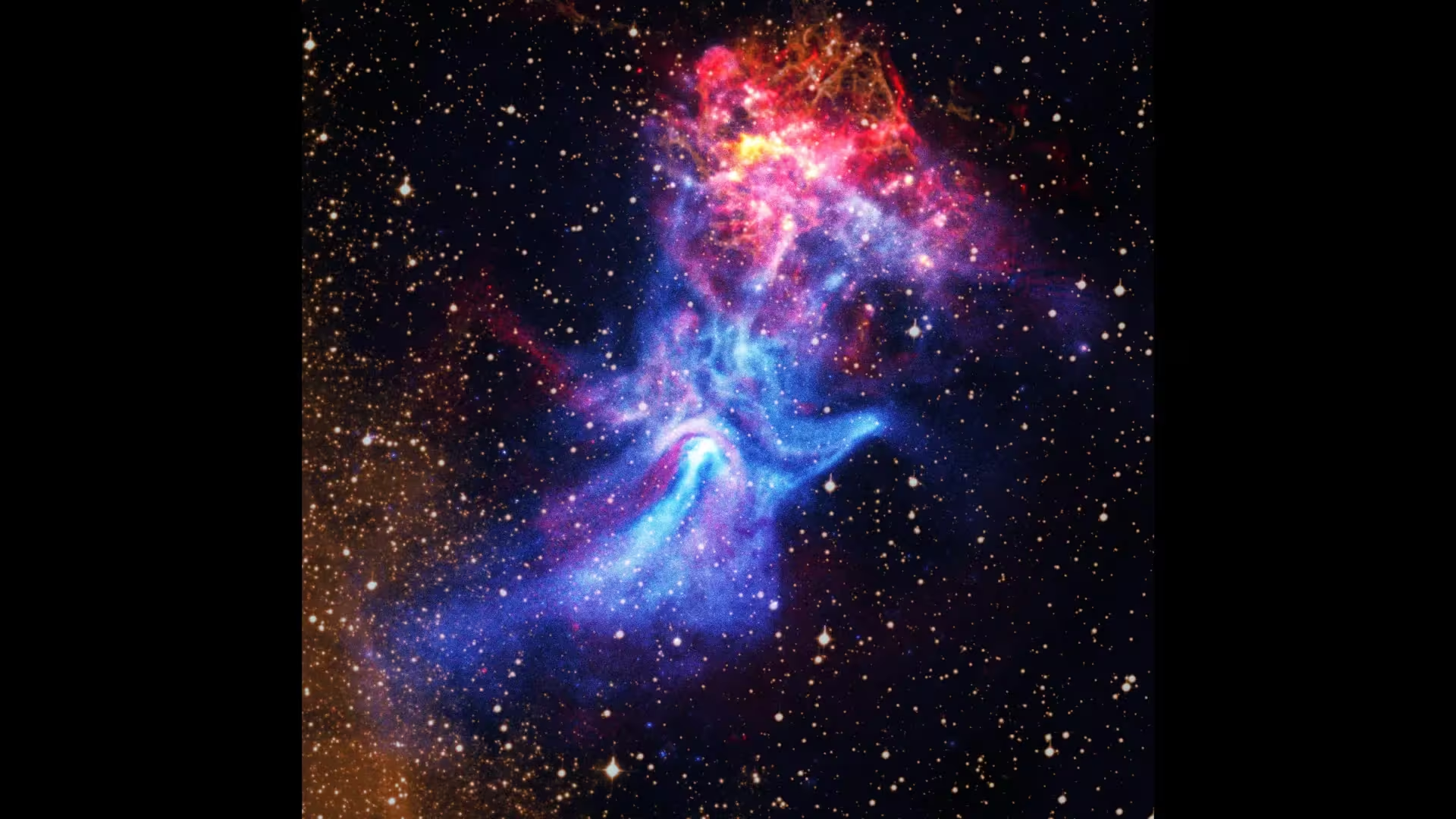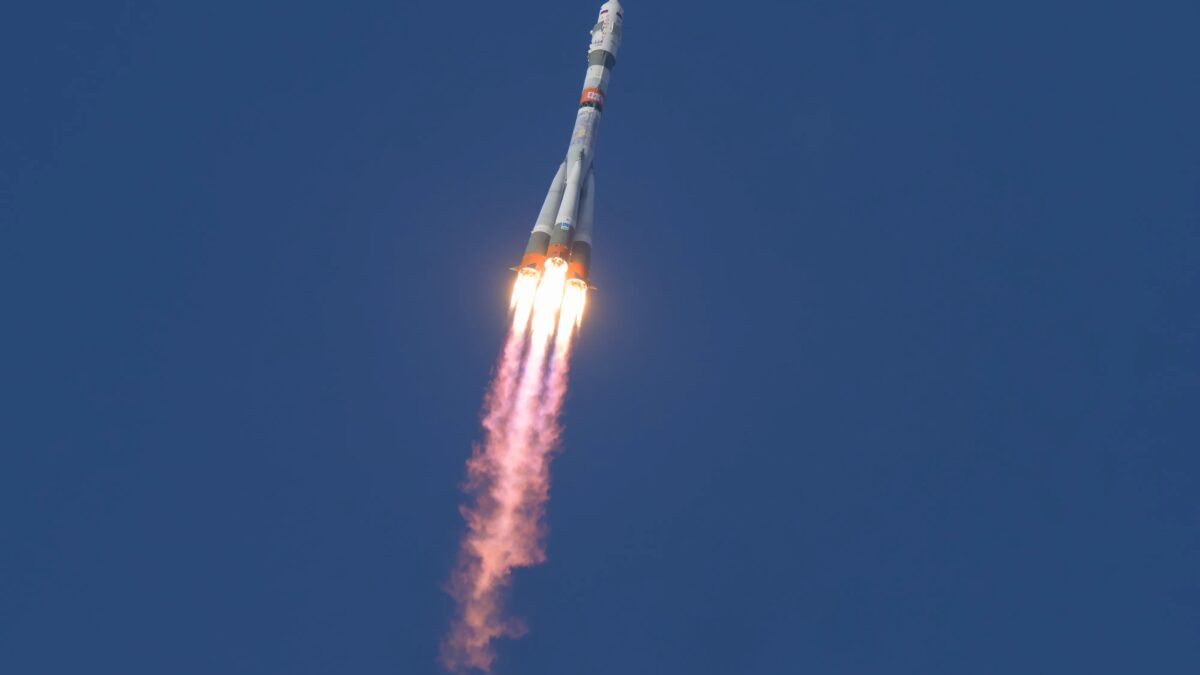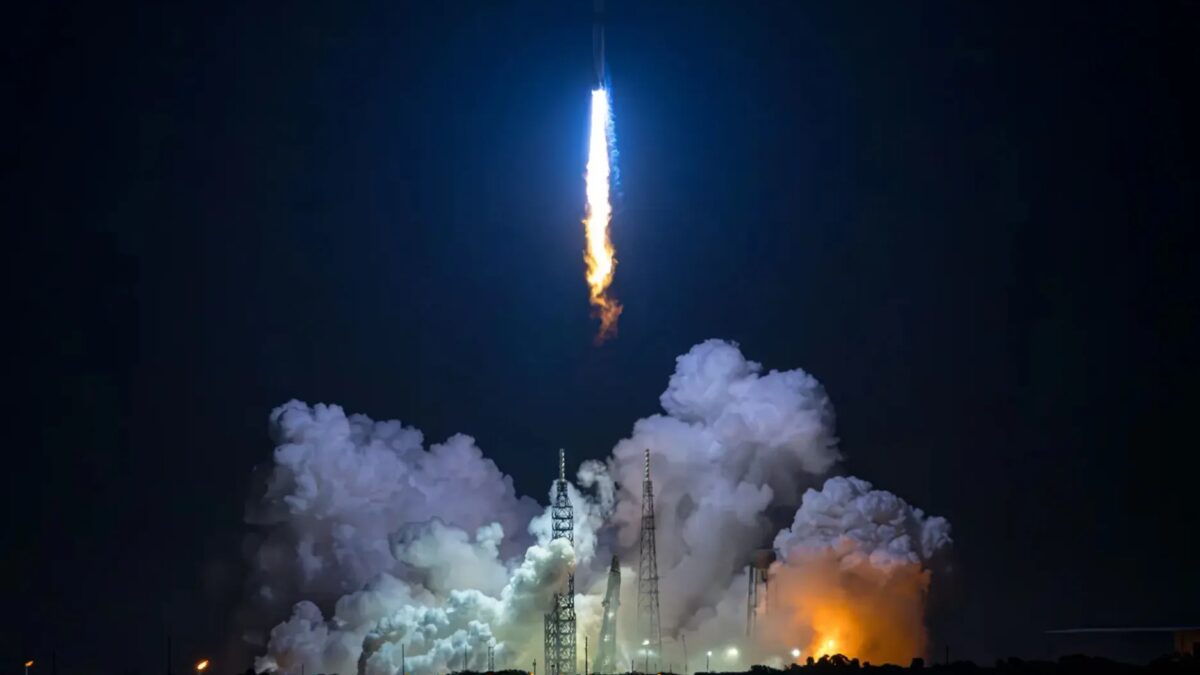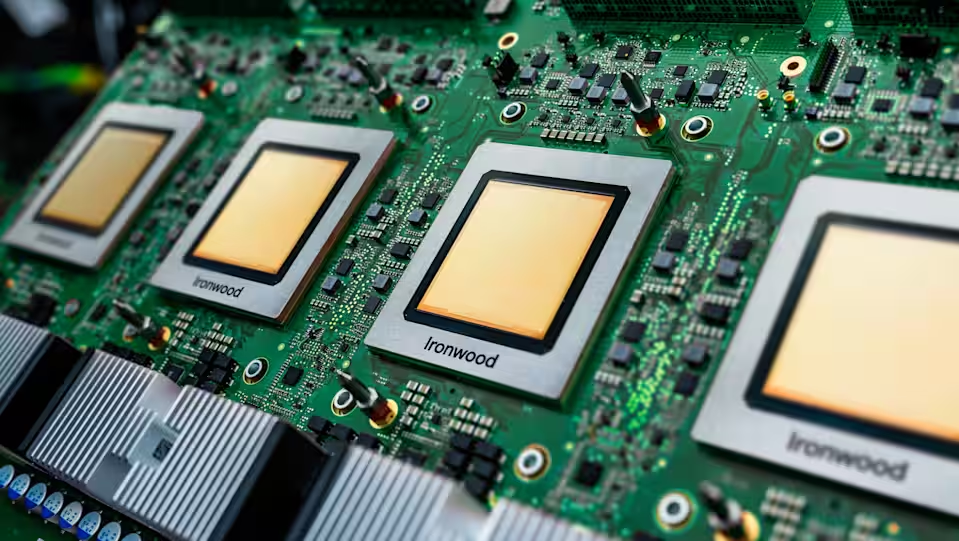NASA’s X-ray telescope has discovered unusual structures in the “cosmic arm”

NASA has released new data on the nebula MSH 15-52, known as the “Cosmic Hand.” Its shape resembles a palm with outstretched fingers, and at its center is the pulsar B1509-58 -a neutron star only about 20 km in diameter, rotating nearly seven times per second.
This tiny star creates a giant nebula more than 150 light-years long. It formed after a massive star exhausted its fuel, collapsed and exploded in a supernova. The explosion ejected the outer layers into space, and the remnants shrank into a pulsar with the most powerful magnetic field – 15 trillion times stronger than Earth’s. Its rotation and magnetic field make B1509-58 one of the most powerful electromagnetic oscillators in the Galaxy.
Magnetic field and rotation make B1509-58 one of the most powerful electromagnetic oscillators in the Galaxy.
The new images were created by combining X-ray data from the Chandra Observatory, radio observations from the Australian array ATCA
There are still mysteries, however. For example, in the upper part of the image clearly visible boundary of X-ray radiation, reminiscent of the shock wave from the explosion, but there are no signals in the radio range, which surprises researchers.
The analysis also showed that the supernova remnant RCW 89 differs from typical young objects: its structure is fragmented and its radio signal extends well beyond the X-ray pattern. It is likely that RCW 89 is colliding with a dense cloud of hydrogen.
The work was published in The Astrophysical Journal. The authors are Shumen Zhang and Stephen C.Y. Ng of the University of Hong Kong and Niccolo Bussiantini of the Italian Institute of Astrophysics.








